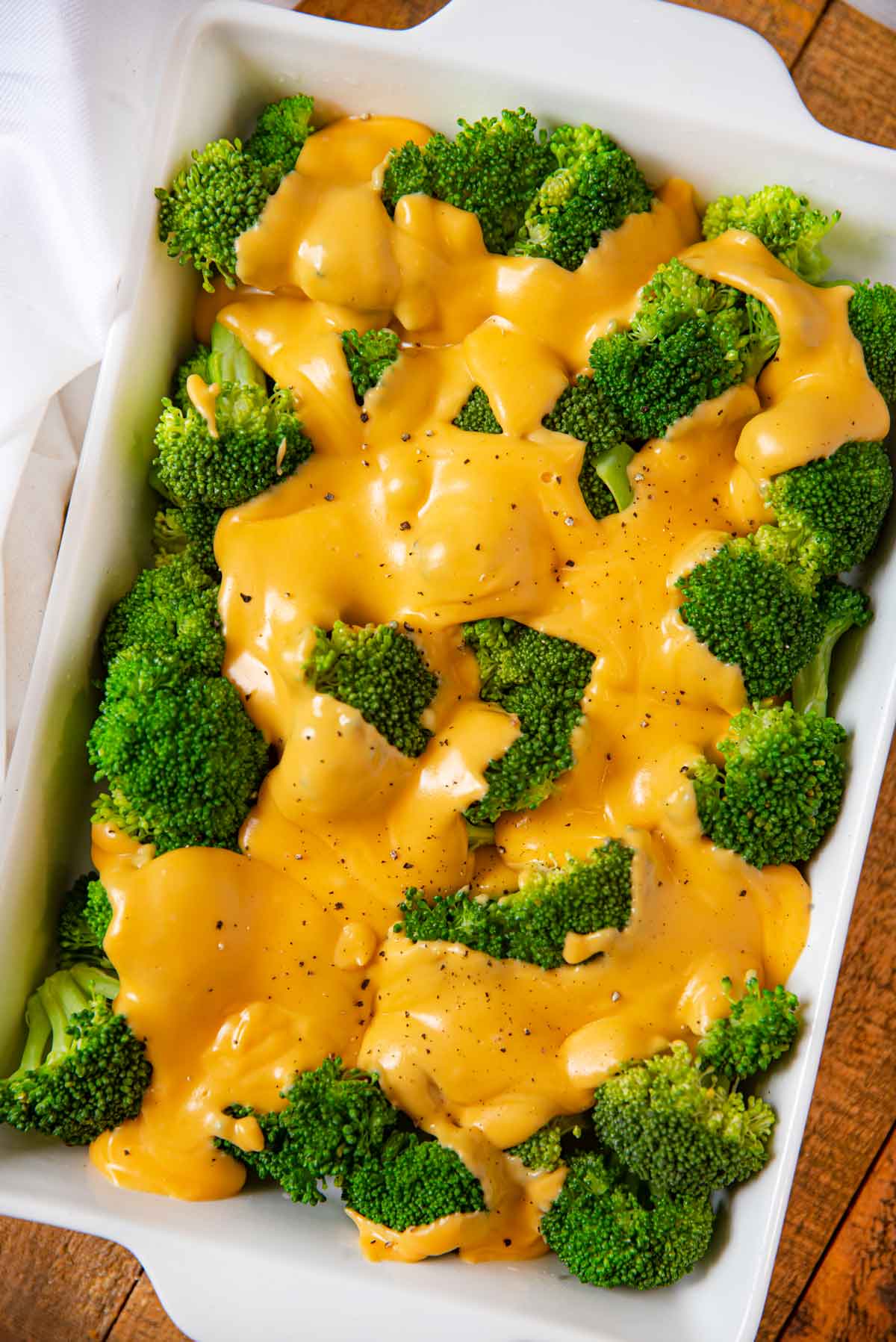
Individual milk proteins (the main ones are four similar molecules called caseins) resemble little tadpoles, with hydrophobic (water-avoiding) heads, and hydrophilic (water-seeking) tails.
Protein micelles are spherical bundles of milk proteins. Because of this, and because of their suspension, the fat globules don't come into contact with each other to form larger globules: cheeses stay creamy or crumbly instead of greasy. Under around 90☏ (32☌), the fat is solid. In solid cheese, milk fat is suspended in the form of microscopic globules held in a tight matrix of protein micelles (more on those in a second). Famous hard cheeses, like Parmigiano-Reggiano or Pecorino Romano may be as little as 30% water after several years of aging. 
The longer a cheese is aged for, the more moisture it loses, and the harder it becomes.

Young cheeses like Jack, mild cheddar, or mozzarella have a relatively high water content-up to 80%.






 0 kommentar(er)
0 kommentar(er)
